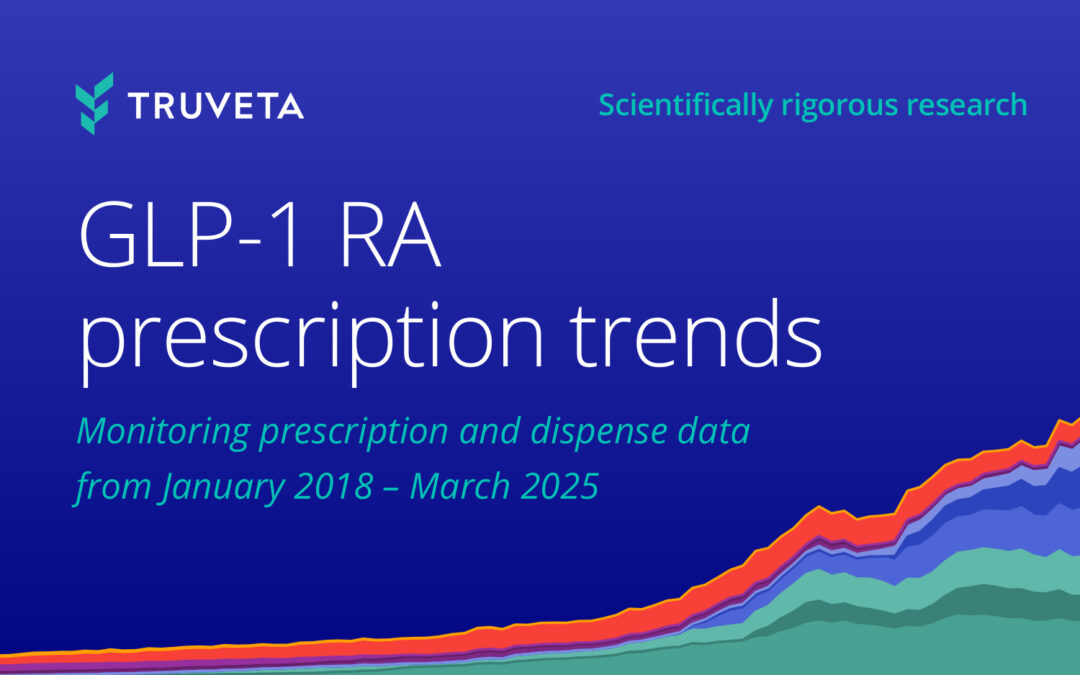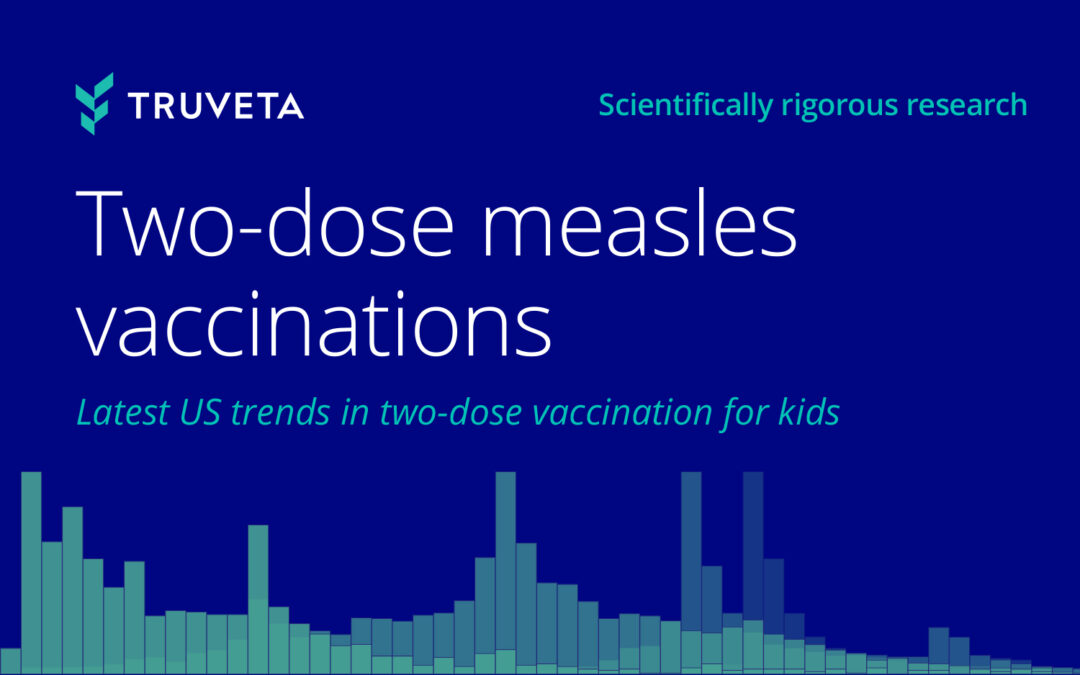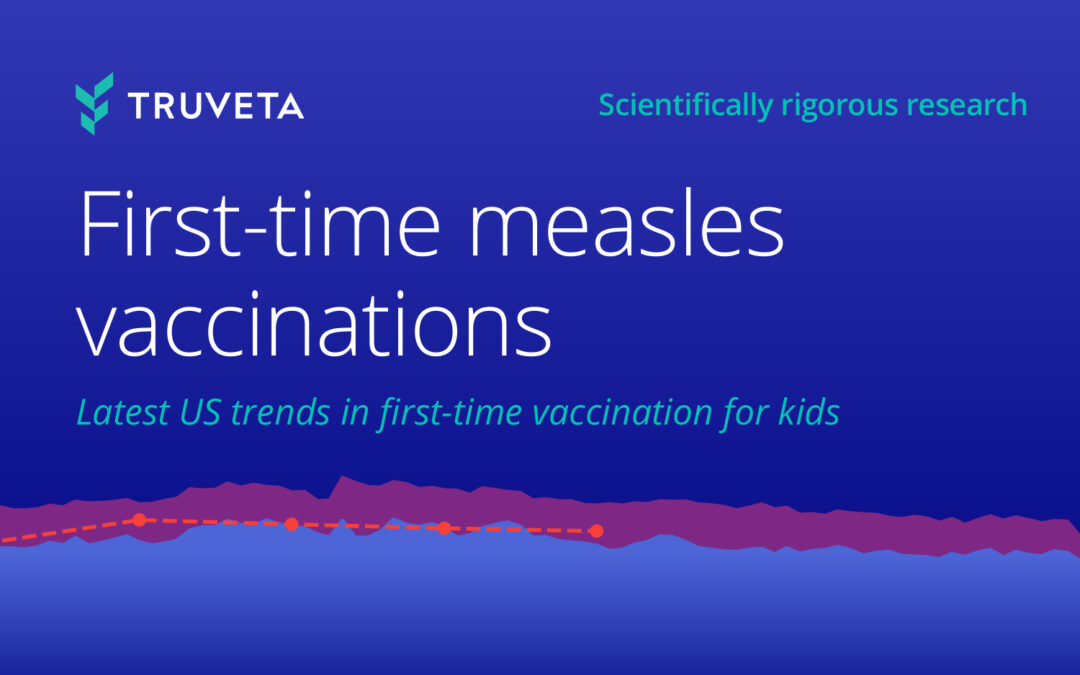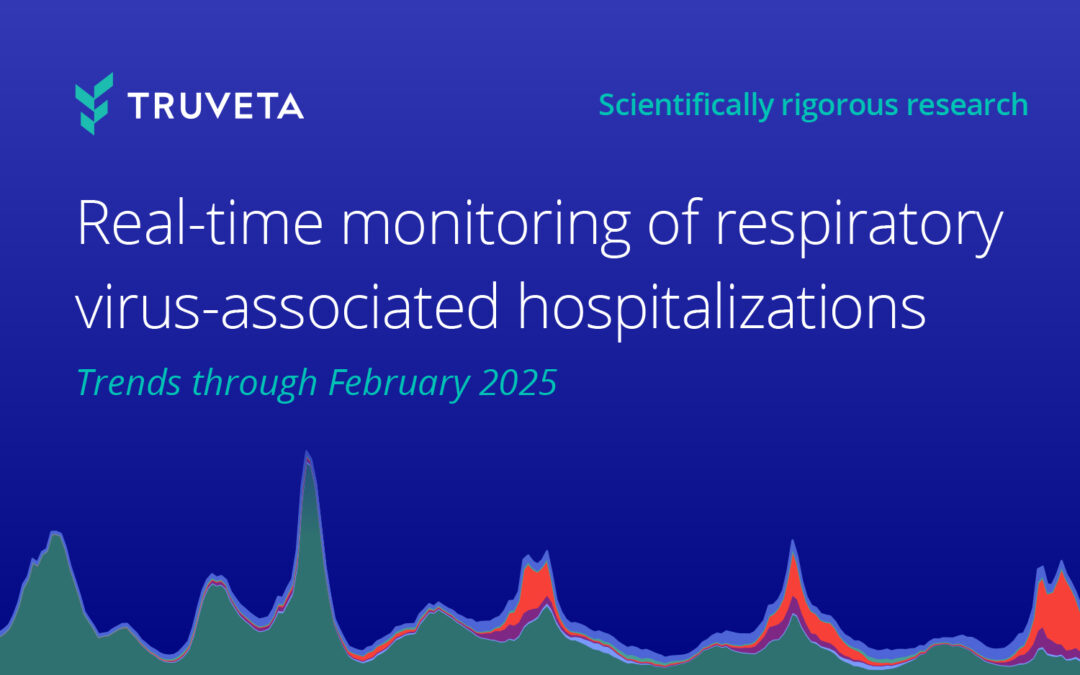Recently, researchers presented new insights from a continued analysis of the REAL-PE study at the Society for Cardiovascular Angiography and Interventions (SCAI) 2024 meeting.
To address a lack of sufficient clinical guidance on how to best treat pulmonary embolism (PE) – a condition that impacts more than 900,000 people in the US every year, with as many as 10-30% dying within one month of diagnosis – the REAL-PE study explored catheter-based treatment for PE, analyzing the incidence and outcomes of the use of these advanced therapies for treating PE. This new analysis further explored subgroups of patients with PE to determine if disparities in care exist, finding that women and Black patients with PE were less likely to be treated with advanced catheter-based treatment than men or non-Black patients.
Using Truveta Data, researchers analyzed patients diagnosed with PE from January 2018 to May 2023, finding more than 2,000 patients with PE (0.48% of the PE population) treated with either ultrasound-assisted catheter-directed thrombolysis (USCDT) or mechanical thrombectomy (MT). Researchers evaluated patient characteristics such as race, ethnicity, age, sex, comorbidities, and pre-existing medical conditions among patients receiving these treatments.
The analysis found that Black patients with PE were less frequently treated with advanced catheter-based interventions than non-Black patients (0.37% vs. 0.50%), and women received these advanced treatments for PE less often than men (0.41% vs. 0.55%). Women also had higher odds of major bleeding than men (16.6% vs. 11.1%), and white patients (13.9%) had greater incidence of major bleeding than Black patients (9.3%).








